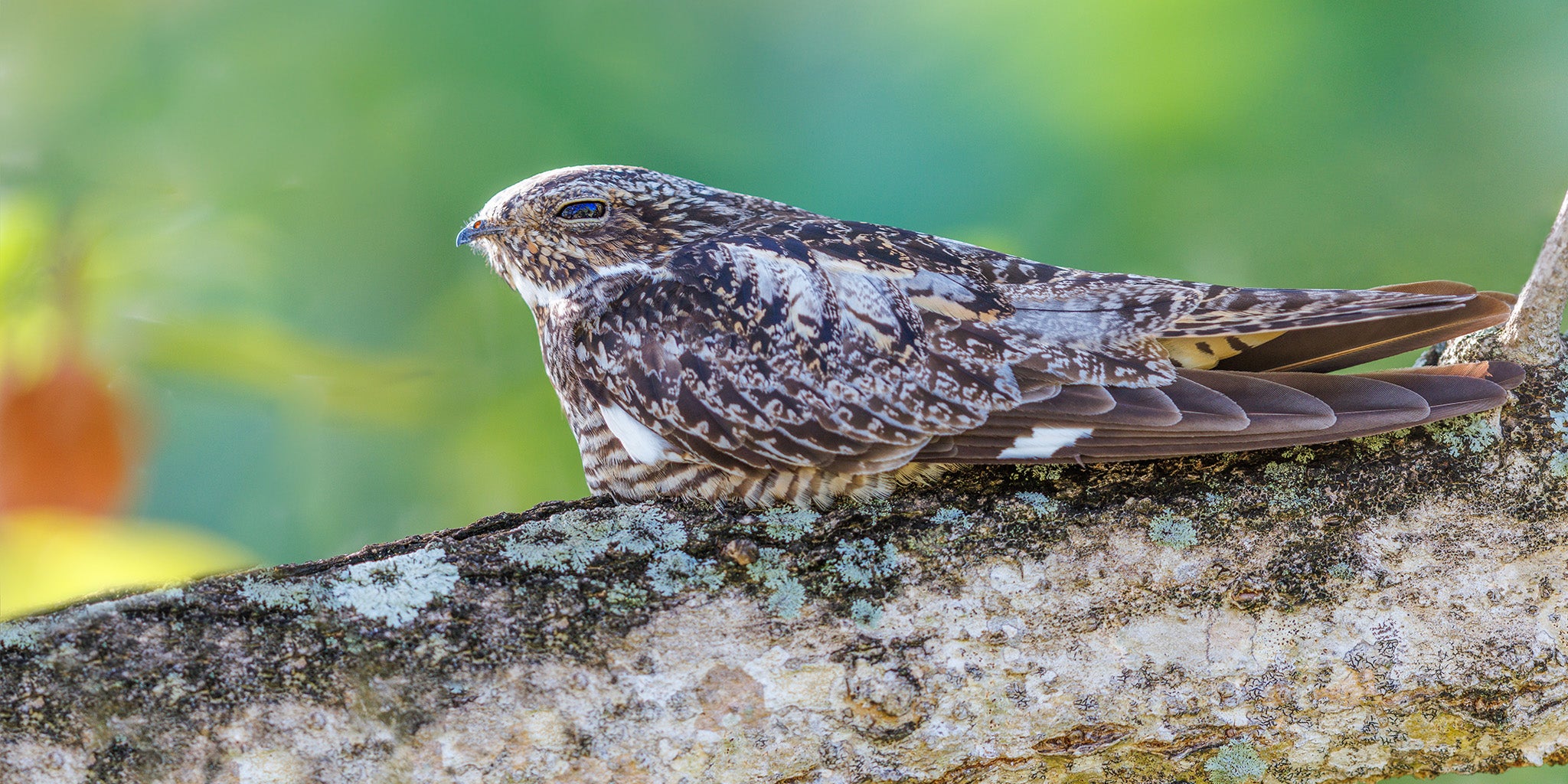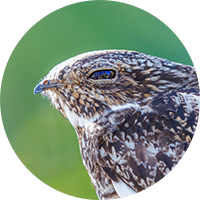Antillean Nighthawk
The Antillean Nighthawk (Chordeiles gundlachii) Read in Spanish
Appearance: The Antillean Nighthawk is a medium-sized nightjar species with a cryptic plumage that provides excellent camouflage. It typically has mottled grey and brown upperparts, a white throat, and a distinctive white band across the wings in flight. The bird has a long, pointed wingspan and a short, slightly down-curved bill adapted for its insectivorous diet.
Habitat: The Antillean Nighthawk is found in a variety of habitats, including open woodlands, savannas, coastal areas, and scrublands. They prefer habitats with scattered trees or shrubs where they can roost and nest while having access to open areas for foraging.
Behavior: Antillean Nighthawks are crepuscular and nocturnal, being most active at dawn and dusk when they emerge to hunt for insects. They are aerial foragers, catching insects on the wing using their wide mouths and excellent maneuverability. During the day, they typically rest on the ground or low perches, relying on their cryptic plumage to blend in with their surroundings.
Breeding: Breeding behavior in Antillean Nighthawks typically includes courtship displays such as aerial acrobatics, vocalizations, and mutual preening. Breeding pairs may lay their eggs directly on the ground without building a nest, relying on camouflage to protect their eggs and young from predators.
Conservation Status: The conservation status of the Antillean Nighthawk in Colombia is not thoroughly assessed, given its limited presence in the country.
Distribution
the Antillean Nighthawk's presence is limited, and it is not considered a common resident throughout the country compared to its occurrence in other regions where it is more prevalent. In Colombia, the Antillean Nighthawk may be sporadically observed in specific areas along the Caribbean coast, particularly in regions such as La Guajira Peninsula and the Sierra Nevada de Santa Marta.
Taxonomy
The Antillean Nighthawk (Chordeiles gundlachii)
- Kingdom: Animalia
- Phylum: Chordata
- Class: Aves (Birds)
- Order: Caprimulgiformes
- Family: Caprimulgidae
- Genus: Chordeiles
- Species: Chordeiles gundlachii
Vocalization
The Antillean Nighthawk (Chordeiles gundlachii)
- "Eeeeerrpp" Call: The primary call of the Antillean Nighthawk is a distinctive nasal "eeeeeerrpp" sound. This call can be relatively high-pitched and is often repeated in a rapid sequence.
- Churring Call: In addition to the "eeeerrpp" call, the Antillean Nighthawk may emit a soft churring sound. This churring call is characterized by a series of rapid, soft notes and is often used during courtship or interactions with other nighthawks.
- Clapping Sound: During display flights, male Antillean Nighthawks may produce a clapping sound by rapidly contracting their wings. This clapping sound is thought to be a part of their courtship behavior and is used to attract females or establish territorial boundaries.
- Flight Whistle: Like other nighthawk species, Antillean Nighthawks may create a distinctive whistling sound as they fly. This sound is produced by the rush of air through their wing feathers and can be heard during their aerial foraging flights at dusk and dawn.
- Dusk Choruses: Antillean Nighthawks may participate in vocal choruses during the dusk hours, especially during their breeding season. These choruses can include a mix of their characteristic calls and churring sounds as the birds communicate with each other in their communal roosting areas.




